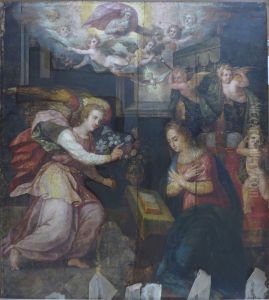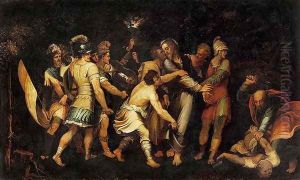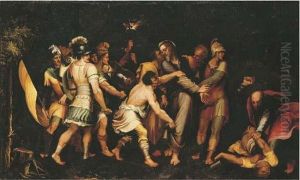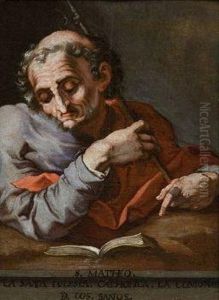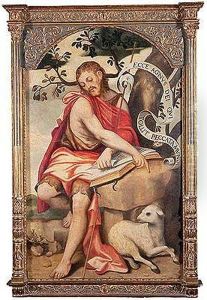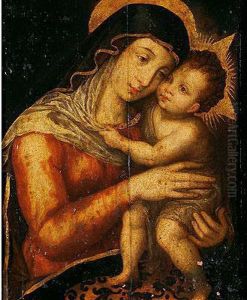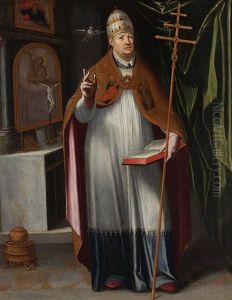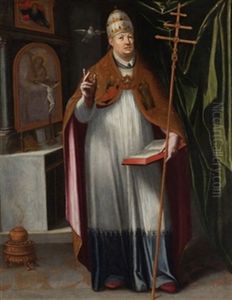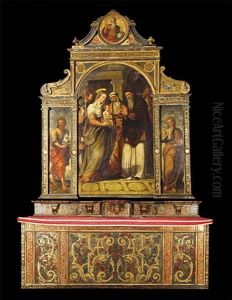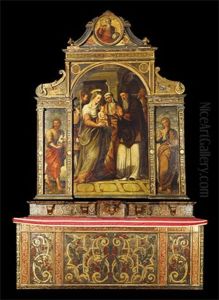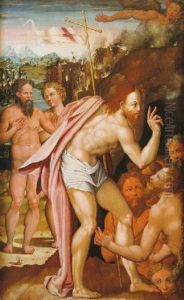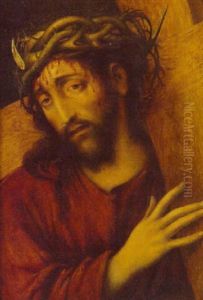Luis de Vargas Paintings
Luis de Vargas was a significant Spanish painter during the Renaissance period. Born in 1502 in Seville, Spain, Vargas was part of a family of artists, which provided him with an early introduction to the world of art. His father, Alvaro de Vargas, was a sculptor and painter, which undoubtedly influenced Luis's decision to pursue a career in the arts. Unfortunately, not much is known about his early life and training, but it is believed that he began his artistic studies in his hometown.
In the mid-16th century, Vargas traveled to Italy to further his education and artistic development, a common practice among artists of his time seeking to refine their skills and learn from the masters. He spent approximately 14 years in Rome, where he was influenced by the classical art and the works of the Renaissance masters, such as Michelangelo and Raphael. This period was crucial for Vargas as he absorbed the Italianate style, which he would later incorporate into his own work upon his return to Spain.
Vargas returned to Seville around 1548 and brought with him the Renaissance style that was blossoming in Italy. He is credited with introducing and popularizing this style in Seville, which was still largely dominated by the Gothic tradition. His works from this period demonstrate a combination of his Italian influences with local Spanish elements, creating a unique and appealing style that was well-received by his contemporaries.
One of Vargas's most famous works is the 'Virgin with the Sash' ('La Virgen de la Servilleta'), which showcases his skillful use of color and composition, as well as his ability to infuse his paintings with emotional depth and religious piety. His religious paintings were particularly noted for their serene and graceful figures, and he became a sought-after painter for church commissions.
Throughout his career, Vargas remained in Seville, where he worked until his death in 1568. His legacy continued through his influence on other artists in the region, and he is remembered as a key figure in the transition from the Gothic to the Renaissance style in Spanish art. Although perhaps not as widely known as some of his contemporaries, Luis de Vargas's work remains an important part of the history of Spanish Renaissance art.
